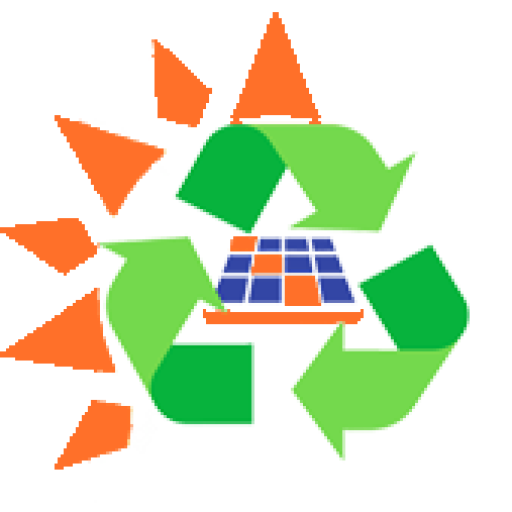
Introduction
Africa’s renewable energy sector is booming, driven by a pressing need for sustainable energy solutions and the continent’s vast natural resources. Solar, wind, and hydropower projects are at the forefront of this green revolution, but the rapid growth of renewable energy also brings challenges—notably, the management of waste generated by renewable energy technologies.
What Is a Circular Economy?
A circular economy is an economic model focused on reducing waste and maximizing the use of resources. Unlike the traditional “take-make-dispose” model, a circular economy emphasizes:
- Design for Longevity: Creating products that last longer and are easier to repair or recycle.
- Resource Recovery: Recycling materials to reintroduce them into the production cycle.
- Reuse and Refurbishment: Extending the lifecycle of products through repairs or repurposing.
- Sustainable Practices: Minimizing environmental impact throughout the product lifecycle.
Challenges Facing Africa’s Renewable Energy Sector
1. Waste Accumulation
The lifespan of most renewable energy technologies ranges from 20 to 30 years. As Africa’s adoption of solar panels, wind turbines, and batteries accelerates, the continent is expected to face a surge in renewable energy waste.
2. Limited Recycling Infrastructure
Recycling facilities for renewable energy components are scarce across Africa. The lack of specialized facilities to process materials like silicon, rare earth metals, and composite materials poses a significant challenge.
3. High Costs of Recycling
Recycling renewable energy components is often more expensive than manufacturing new ones. The absence of economies of scale further exacerbates the issue, making recycling less appealing to businesses and investors.
4. Policy Gaps
Many African countries lack comprehensive policies and regulations for managing renewable energy waste. Without clear guidelines, companies have little incentive to adopt sustainable waste management practices.
Opportunities in Building a Circular Economy
1. Developing Recycling Facilities
Establishing state-of-the-art recycling centers can create a sustainable supply chain for renewable energy materials. For example, recycled silicon from solar panels can be reused in manufacturing new panels, reducing production costs and reliance on raw materials.
2. Creating Jobs and Boosting Local Economies
A circular economy in renewable energy can drive job creation across various sectors, including collection, transportation, recycling, and manufacturing. Local economies can benefit from the establishment of recycling hubs, particularly in regions with high renewable energy adoption.
Steps to Build a Circular Economy
- Design for Sustainability
- Establish Recycling Policies
- Invest in Research and Development
- Build Public-Private Partnerships
- Promote Awareness and Education
Benefits of a Circular Economy for Africa
- Environmental Sustainability: Reducing waste and conserving resources
- Economic Growth: Creating new industries and revenue streams
- Energy Security: Reducing dependence on imports
- Global Leadership: Positioning Africa as a leader in sustainable practices
Conclusion
The transition to renewable energy is essential for Africa’s sustainable development, but it must be accompanied by responsible waste management practices. Building a circular economy in the renewable energy sector offers a pathway to sustainability, economic growth, and environmental protection.
By investing in recycling infrastructure, fostering innovation, and enacting supportive policies, Africa can turn renewable energy waste into valuable resources. The journey toward a circular economy requires collaboration among governments, businesses, and communities, but the rewards—a cleaner environment, stronger economies, and a brighter future—are well worth the effort.


Hi, this is a comment.
To get started with moderating, editing, and deleting comments, please visit the Comments screen in the dashboard.
Commenter avatars come from Gravatar.